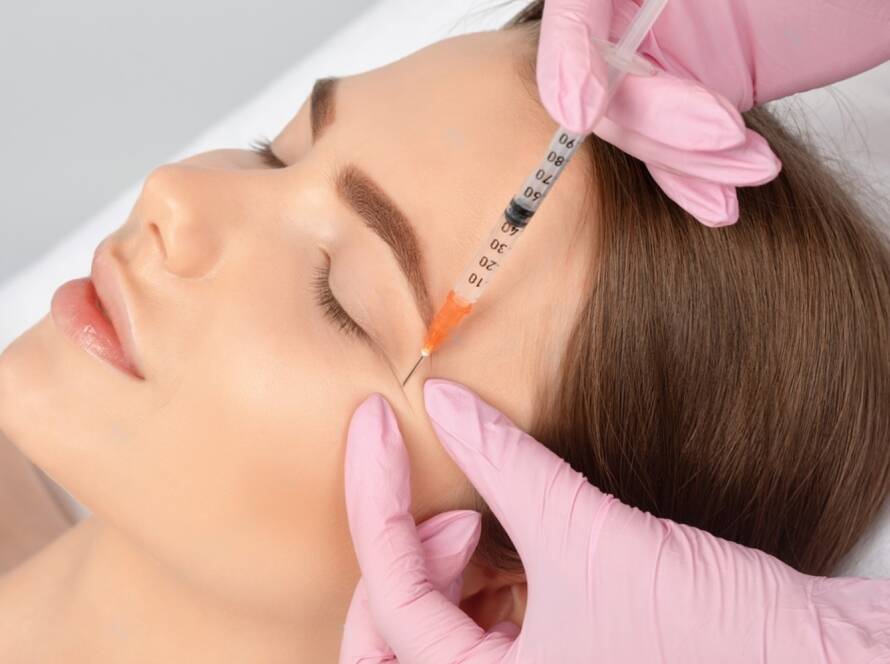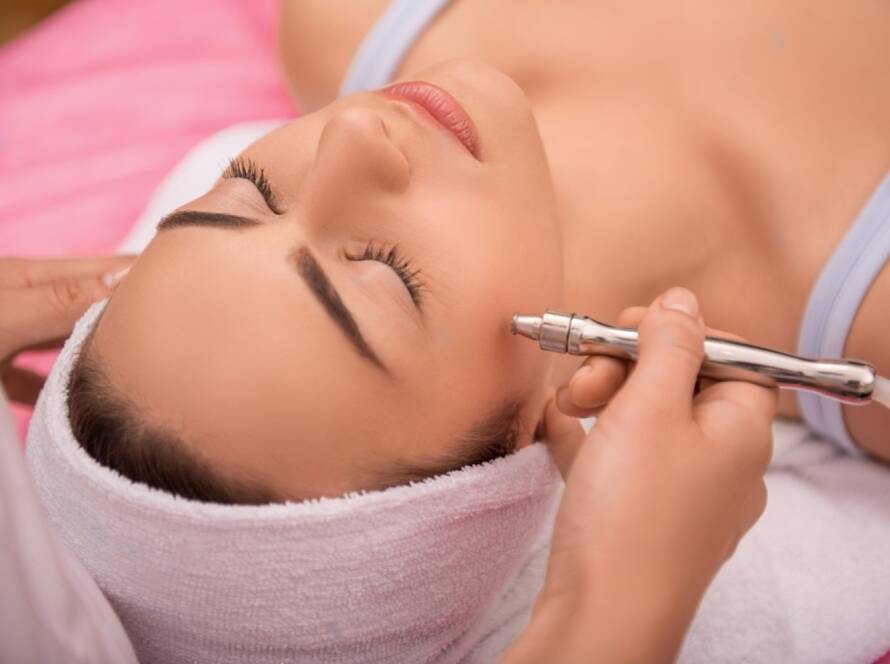The most frequently asked questions are: What sessions are required to pigment efficiently and efficiently? What are alternatives to treatment options for pigmentation that are available?
In this article, we’ll examine the factors involved and explain why determining the number of sessions needed for hyperpigmentation treatment is challenging.
Hyperpigmentation of the skin is a common condition that causes certain skin parts to be darker than others. While it’s not a problem, however, it can cause severe anxiety, resulting in patients seeking competent treatment.
Various pigmentary disorders range in severity from wrinkles, age spots, and freckles to Melasma, as well as chronic hyperpigmentation (PIH).
There are different kinds of pigmentation and conditions, so solving this issue of “how many sessions do I need to remove pigmentation” is not easy or simple.
Skin condition pigmentation is a complicated condition that has many aspects that must be considered when treating pigmentation issues, for instance, the kind of problem treatment, the use of energy-based technology and devices utilized, the expertise of the doctor and expertise, and the person’s skin kind as well as the healing procedure.
We’ll get deeper into the subject.
Types of Pigmentation
Before we get into the details of treatments to remove pigmentation, we will identify the different kinds of pigmentation disorders with distinct chakra characteristics and treatment strategies. Below are a few common types:
✅ Melasma
The appearance of melasma is characterized by brown patches that are large around the skin, and it can usually be associated with hormonal changes like those that occur due to pregnancy or birth medications for controlling birth.
✅ Solar Lentigines
Also called solar lentigo, sunspots, or age spots, they are caused by prolonged exposure to sunlight and are prevalent in older people.
✅ Freckles
Small brown spots are typically seen on fair skin, usually caused by genetics and sun exposure.
✅ Hori’s Nevus
Variations in the pigmentation of the skin are more common in females and are visible as blue-gray or light-brown spots on the cheeks.
✅ post-inflammatory
This problem pays off due to skin inflammation caused by eczema, acne, or other injuries. Following healing, it can result in darker patches.
✅ Birthmarks
A very common form of discoloration that is classified into blood vessels (red) and coloration (brown) birthmarks. Birthmarks that are red-colored result from a specific region of abnormal blood vessels. Brown birthmarks originate from small areas of excess pigmentation.
✅ Burn Scar Marks
If the skin is affected by trauma, such as a burn injury, it triggers an inflammatory response, leading to a rise in melanin production in the region.
✅ Uneven Skin Tone
Uneven skin tone coloring refers to irregularities in the distribution of melanin across the skin’s surface, which can cause dark spots or patches (hyperpigmentation).
How Many Sessions to Remove Pigmentation
There is no universal treatment plan for removing pigmentation because every person’s skin is unique and individual.
Estimating the number of treatments required to eliminate pigmentation is challenging because there is no standard amount universally applicable, and many factors can contribute to this uncertainty.
-
Type of Pigmentary Condition
The kind of pigmentation treated is vital in determining the number of sessions required.
For instance, chronic pigmentation conditions like melasma usually require more sessions because they are recurring and deep-rooted. In contrast, less severe conditions like post-inflammatory hyperpigmentation, freckles, or alopecia might require smaller sessions.
-
Severity and Depth of Pigmentation
The intensity and depth of pigmentation affect the effectiveness of treatment.
More intense pigmentation usually calls for more sessions or sometimes a mix of several treatments, ranging from lasers to radiofrequency microneedling, to achieve substantial outcomes.
-
Different Skin Type
Different skin types may also affect the treatment available and its efficacy. Skin types with darker skin tone may be more susceptible to post-inflammatory hyperpigmentation.
To decrease the chance of hyperpigmentation post-inflammatory, caution and additional sessions or alternative treatments are recommended.
-
Treatment Modalities
The treatment technique also influences the number of sessions needed to remove pigmentation.
Different kinds of pigmentation require various treatment methods because the pigments can be superficial, deep, superficial or mixed.
It is, therefore, crucial to seek treatment for pigmentation from a facility with access to a broad range of treatments, allowing them to modify the therapy to be compatible with your skin’s condition.
-
Individual Healing Response
Each person’s skin heals at a different pace. Some individuals may experience faster results. However, others will require more sessions because of the slow healing.
-
Patience and Consistency
Consistency plays a vital role in treating pigmentation and offers many advantages. Regular treatments involving topically applied creams or laser sessions will increase the chances of getting the best outcome by efficiently combating age-related pigmentation’s effects.
This also guarantees an even improvement in the skin tone, decreasing the possibility of inconsistent payoff or recurrence of the pigmentation.
In addition, consistent treatment can stabilize the effects of treatment for pigmentation and prevent the relapse or partial resolution of pigmentation issues.
The Proper Treatment for Pigmentation
First, it is a complicated skin issue that can take various forms and appear as a mixture of different pigmentation patterns.
Therefore, treatment strategies must be multifaceted and customized to fit the individual skin type and specific issues with pigmentation.
Ensuring that treatments are not only different in their method but also in their effectiveness and efficacy is vital to effectively dealing with the complex nature of pigmentation concerns.
So, finding a licensed and skilled medical aesthetic doctor or practitioner at an accredited clinic is essential to assist you in determining the most appropriate treatment for your specific pigmentation issues by combining various methods tailored to your particular requirements.
Managing Expectations for Pigmentation Removal
While all lasers function using the same principles, they have numerous configurations that must be altered to address various skin conditions.
For those who aren’t familiar with it, all lasers can appear identical. However, removing pigmentation is complicated; a trained doctor will find the appropriate treatment method to provide tangible outcomes for every patient.
Doctors must consider many factors, including the type of laser used, intensity, pulse and probe type, duration, and wavelength.
Variable skin conditions and multiple factors are also considered when deciding on an appropriate procedure with lasers to treat the condition.
It also requires patience and realistic expectations.
While some patients may notice remarkable improvements after just one or two sessions, others might require several sessions spread out over months or weeks. It’s essential to follow the protocol for treatment recommended by your physician and to keep track of follow-up appointments as they are scheduled.
Also, post-treatment treatment maintenance, which includes regular sunscreen and gentle skin care, is crucial for maintaining outcomes and stopping the occurrence of.
If you’re looking for treatment for pigmentation, it is essential to select the appropriate treatment suited to your specific needs and administer it by an expert.



